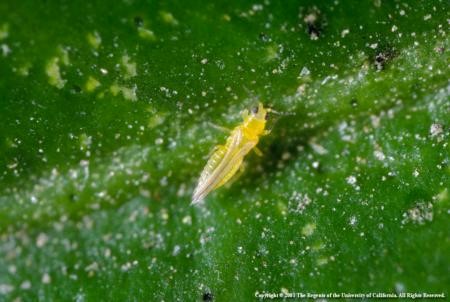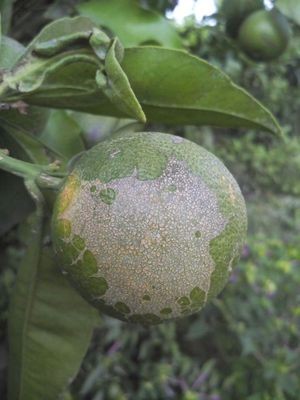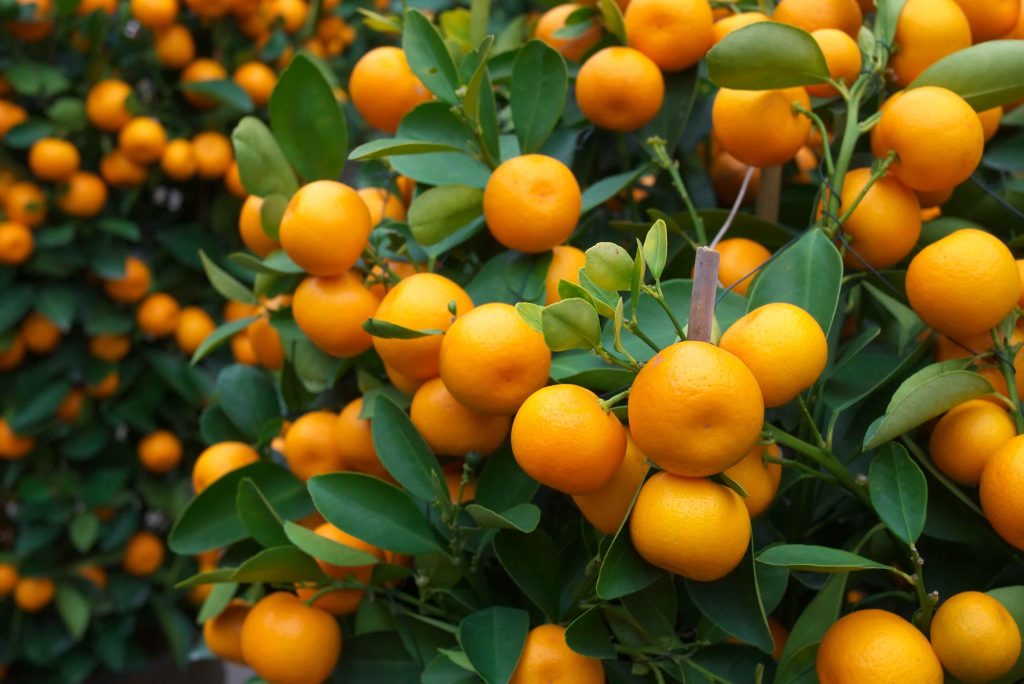
Soil Type:
Deep sandy loam, clay loam or a wide range of soils are suitable for growing citrus trees.
Land Preparation
Pit digging 3x3x3 ft
Plantation Season
Spring: Feb-March
Autumn: and Aug-Sept
Orchard Layout
Square system.
Distance: Plant to plant and row to row 20 ft
Pruning Season
Dec-Jan
Suitable Areas
Peshawar, Charsada, Nowshera, Mardan, Swat, Swabi, Kanpur Haripur, Malakand, Swat, and lower/upper Dir.
Varieties
Red Blood, Morro, Mussami, Succri, Sweet Lime
Fertilizer
NPK: 100: 50: 100
Harvesting Time
Oct-Feb
Production per tree
400-500 fruit
Diseases
1.Citrus Canker:
Identifications
Young lesions are seen on both leaf surfaces and lower leaf surface. Fruit lesions are of different sizes as the rind is susceptible to be infected for a longer period of time and more than one infection cycle can be expected to occur on the fruit.
Cultural Control
To control disease on a Citrus tree, use disease-free nursery plants, conduct regular pruning and burning of infected twigs, and develop canker-resistant varieties on your orchard.
Chemical Control
- 1st spray of Bordeauxe mixture (1%) after fruit harvest
- 2nd spray during the month of April Copper Oxycholoride @3gm/lit. of water
- 3rd spray during the month of July-August Copper Hydrooxide @2.5gm/lit. of water
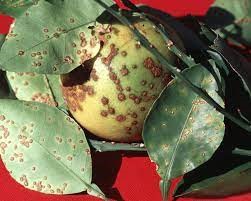
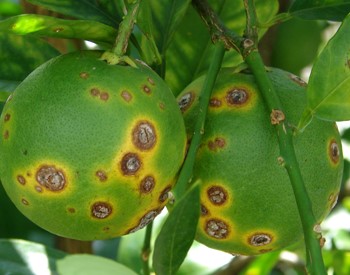
2. Citrus Greening:
Identifications
An early symptom of citrus greening is when an asymmetrical yellowing of the leaves and leaf veins (referred to as “blotchy mottle”) start appearing. However, do not confuse thus mottling with symptoms of mineral deficiencies. Mottling first occurs on a single shoot or branch but eventually spreads throughout the tree over a few years.
Cultural Control
Removal of infected trees of water. Disease free planting material.
Chemical Control
Vector control (citrus psylla) by spraying Imidacloprid @1ml/lit.)
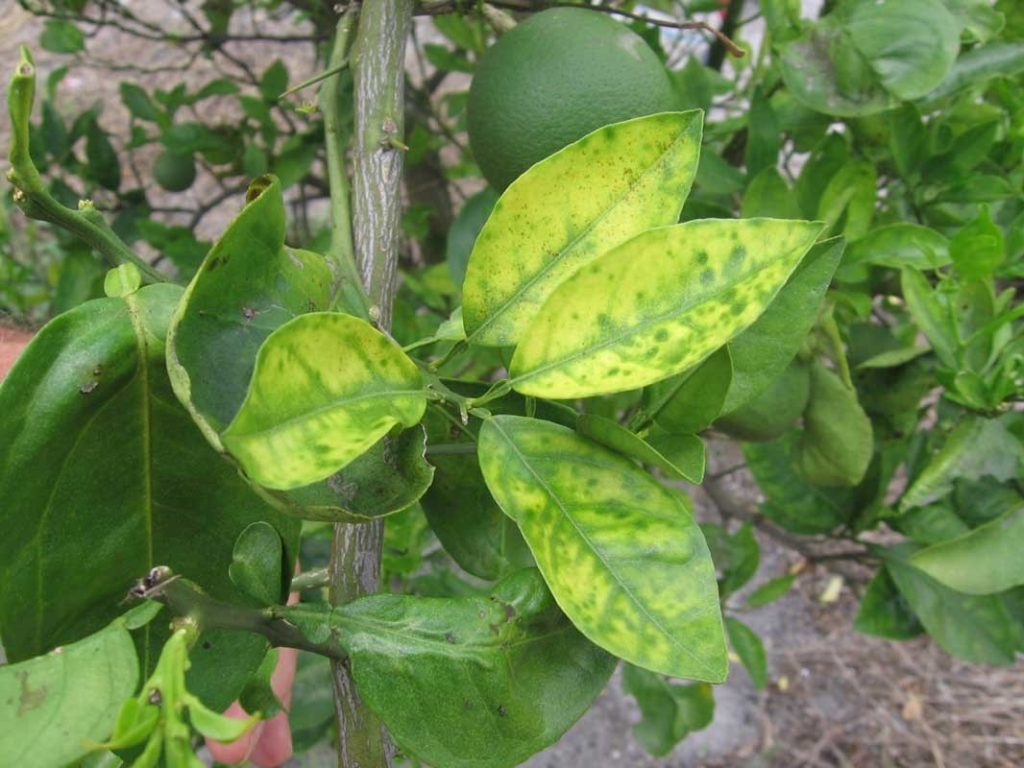
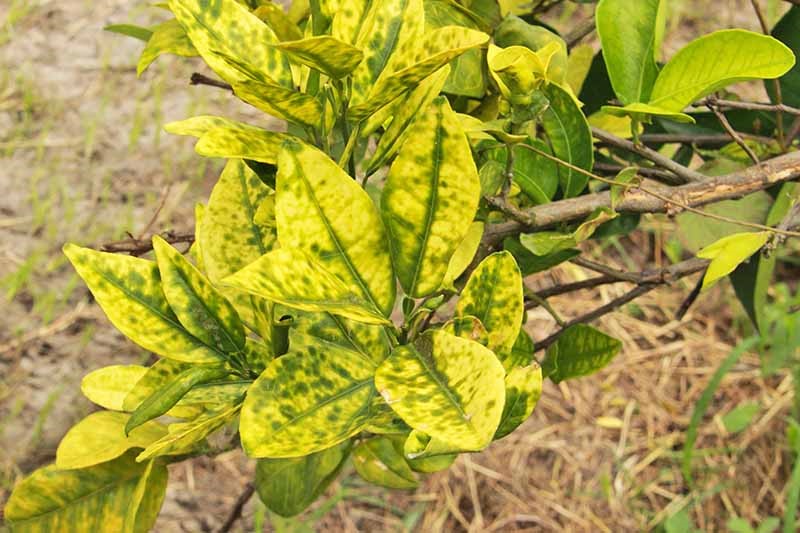
3. Citrus Gummosis:
Identifications
Symptoms of this disease include rotted roots, cracked barks accompanied by gumming. You also spot the disease if the tree has a water-soaked, reddish-brown to black bark at the soil line. Yellowing and sparse foliage and death of a tree are a few other signs. Excess soil moisture favours production and spread of zoospores.
Cultural Control
Increased drainage and careful irrigation is an important factor in disease management. Resistant Rootstock Plant trees are known to be high enough so that the first lateral roots are just covered with soil; hence budding of the plants should start at the height of 9 inches.
Chemical Control
Copper 3 gm/lit. of water. Fosetyl-AL 2.5 gm/ lit. of water. Metalaxyl+Mancozeb 2.5gm/lit of water.
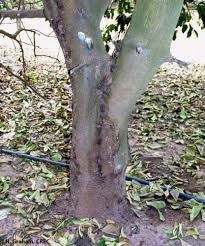
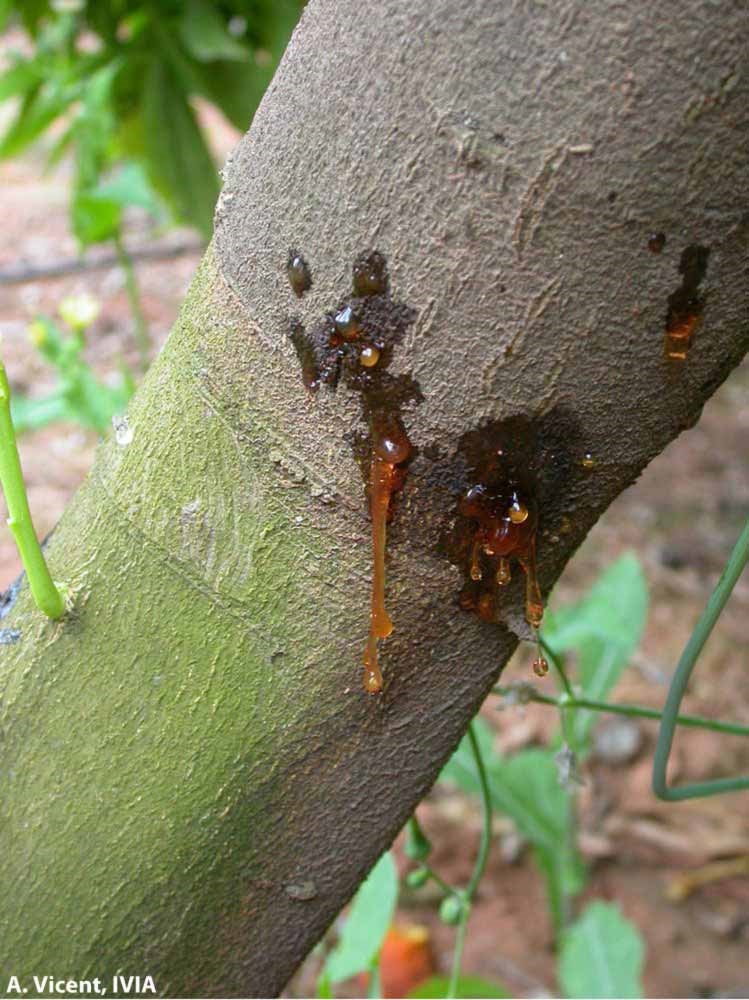
4. Citrus Scab:
Identifications
The fruit, leaves and twigs are often attacked by citrus scab producing irregular wart-like outgrowths. The color of the scabs is a focal point as it help recognize the age of the scab. At first, scabs are grey or pinkish but become darker with age. They are more commonly found on lemon fruits instead of leaves.
Cultural Control
Sanitation – pruning – No intercropping & careful irrigation
Chemical Control
- Ist SPRAY (Before Flowering) Copper Hydrooxide @ 3gm/lit. of water
- 2nd SPRAY (After Petal Fall) Difenoconazl+Azoxystrobin 1ml/lit. of water.
- 3rd SPRAY (Moon Soon) Copper Based Fungicides Copper Oxycholoride or Copper Hydrooxide @ 3gm/lit of water.
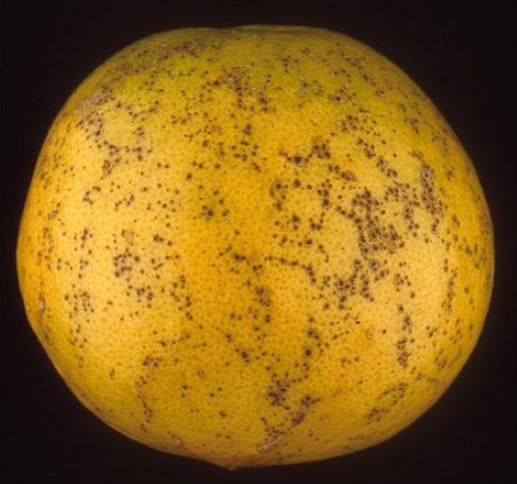
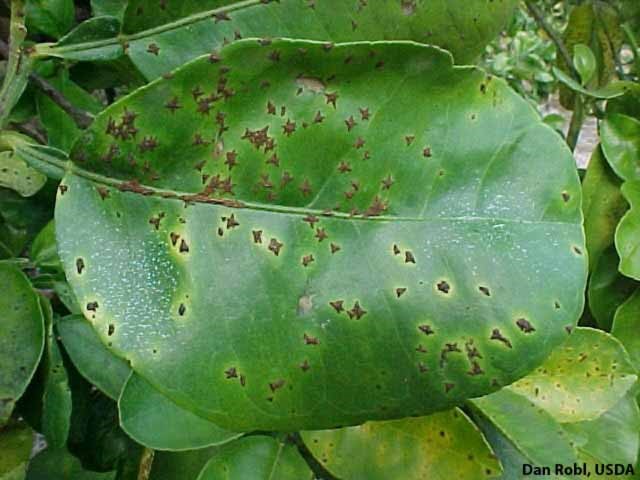
Insect Pest
1.Citrus Psylla:
Identification
The Asian citrus psyllid (ACP) is 3 to 4 millimetres long with a light brown head and brown mottled body with wings broadest in the apical half and with a dark brown band extending around the periphery of the outer half of the wing.
Biological Control
Following practices help reduce the damage done by citrus psylla:
- By hanging yellow sticky cards on trees you can catch the adult insects.
- Prune the trees after harvesting the fruits from last season.
- In biological control, lady bird beetle and Temarixia radiata are to be used as bio-control agents.
Chemical Control
Bifenthrin, Imidachloprid
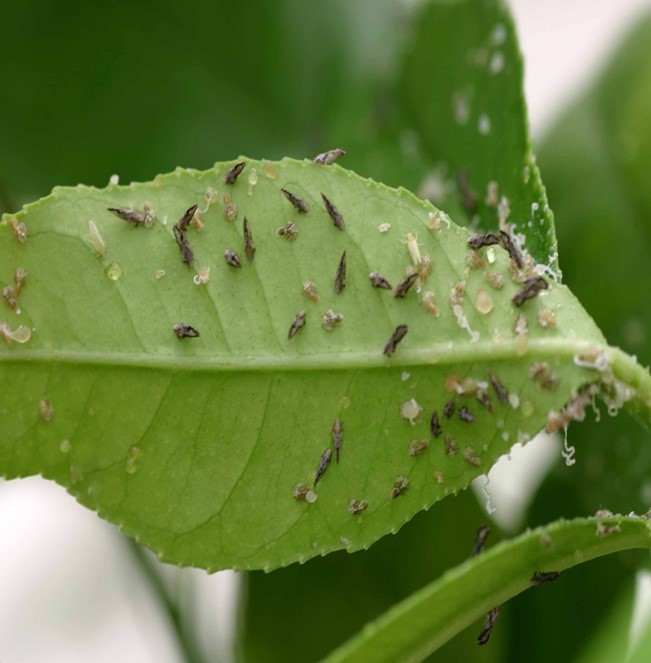
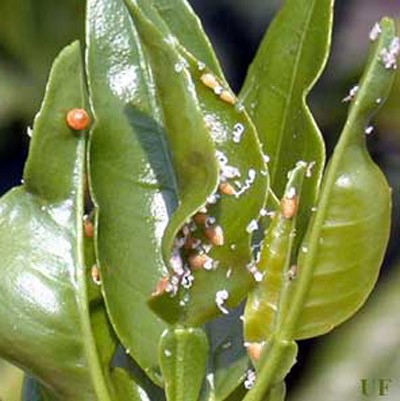
2.Citrus Leaf minor:
Identification
Citrus leaf-miner is a very small moth and has silvery-white iridescent forewings with brown and white markings. The hind wings and body are white, with long fringe scales extending from the hindwing margins.
Biological Control
Citrus leaf-miners can be killed by various parasites and predators, including nonstinging wasps such as the species of Cirrospilus and Pnigalio.
Chemical Control
Bifenthrine, Imidacloprid, Acetamiprid
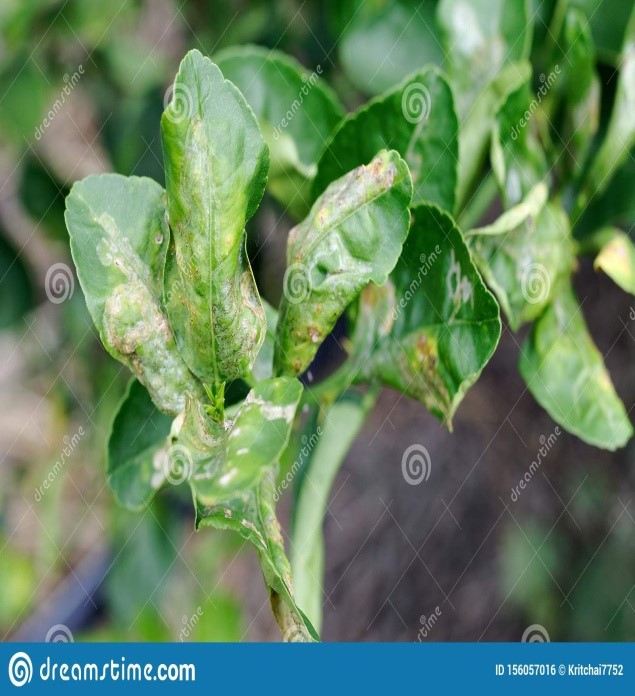
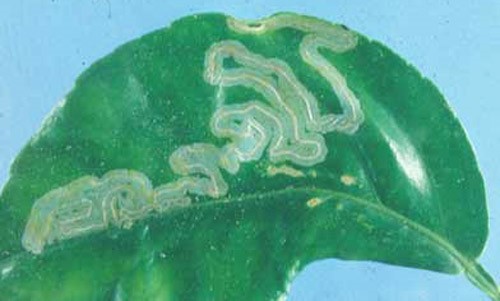
3. White Fly:
Identification
Adult whiteflies have yellow-white, wedge-shaped bodies and white wings. They resemble white mealybugs because of the waxy powder on their wings and bodies.
Biological Control
- Several parasites and predators attack the citrus whitefly. Lacewing larva (Chrysoperla sp.) feeds on whitefly nymphs and Encarsia is a useful parasitoid of citrus whitefly.
- Yellow sticky traps are helpful for monitoring and suppressing the adult populations of these whiteflies.
Chemical Control
Buprofezin or Imidacloprid or Acetamiprid
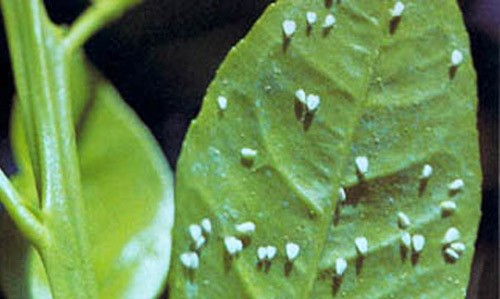
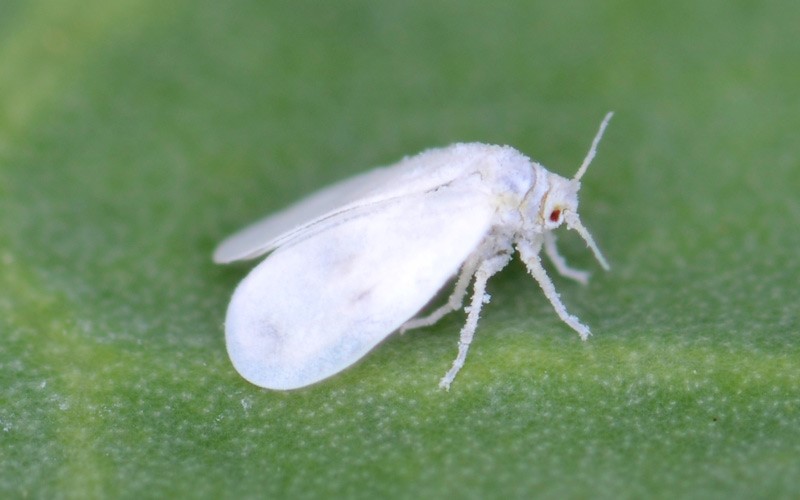
4. Thrips:
Identification
Most adult Thrips are long, slender and less than 1/20inch long. They have long fringes on the margins of both their wings. Larvae or nymphs are oblong or slender but do not have wings.
Biological Control
A number of natural enemies attack citrus Thrips including predaceous mites, spiders, lacewings, minute pirate bugs etc.
Chemical Control
Chlorfenapyr, Dimethoate
